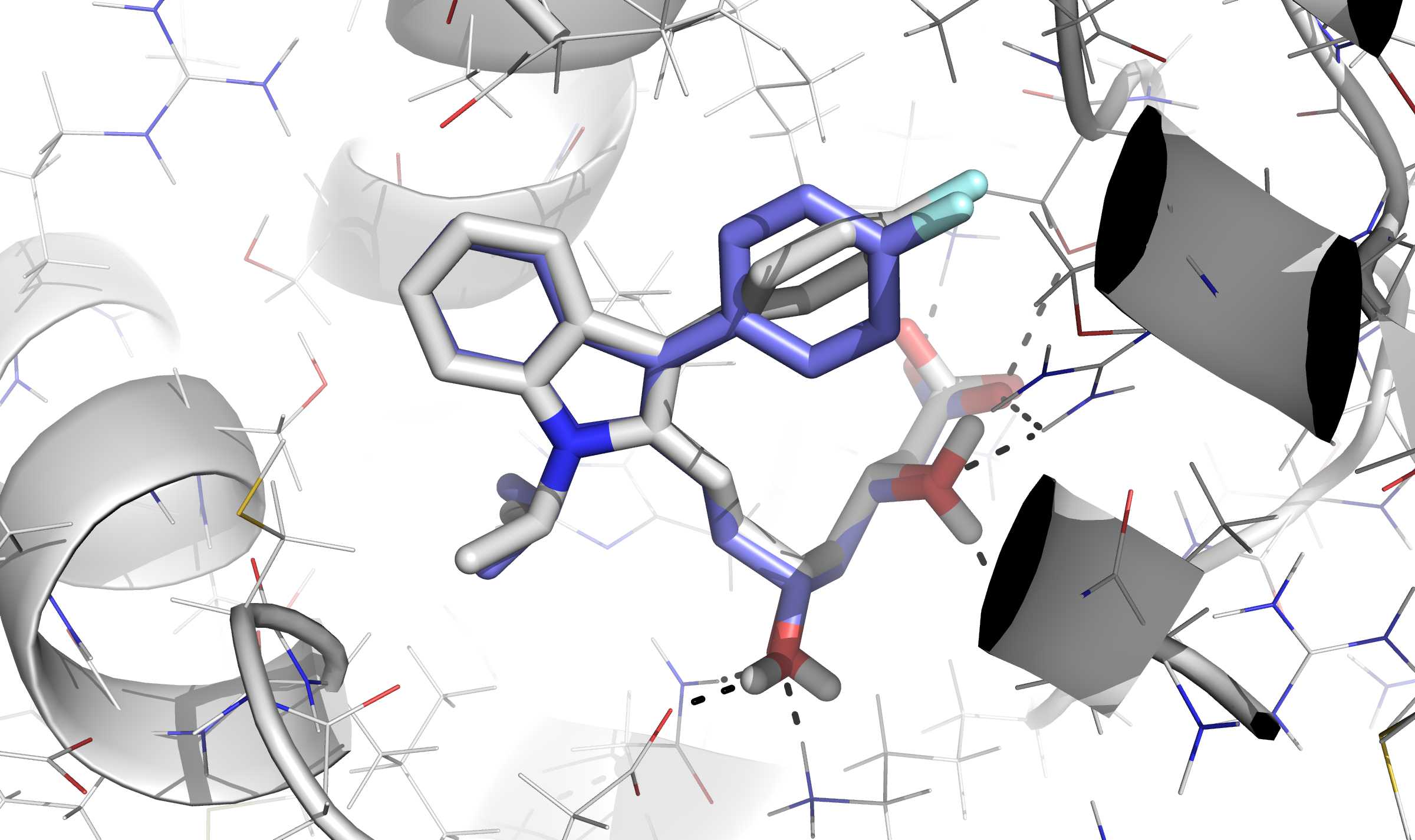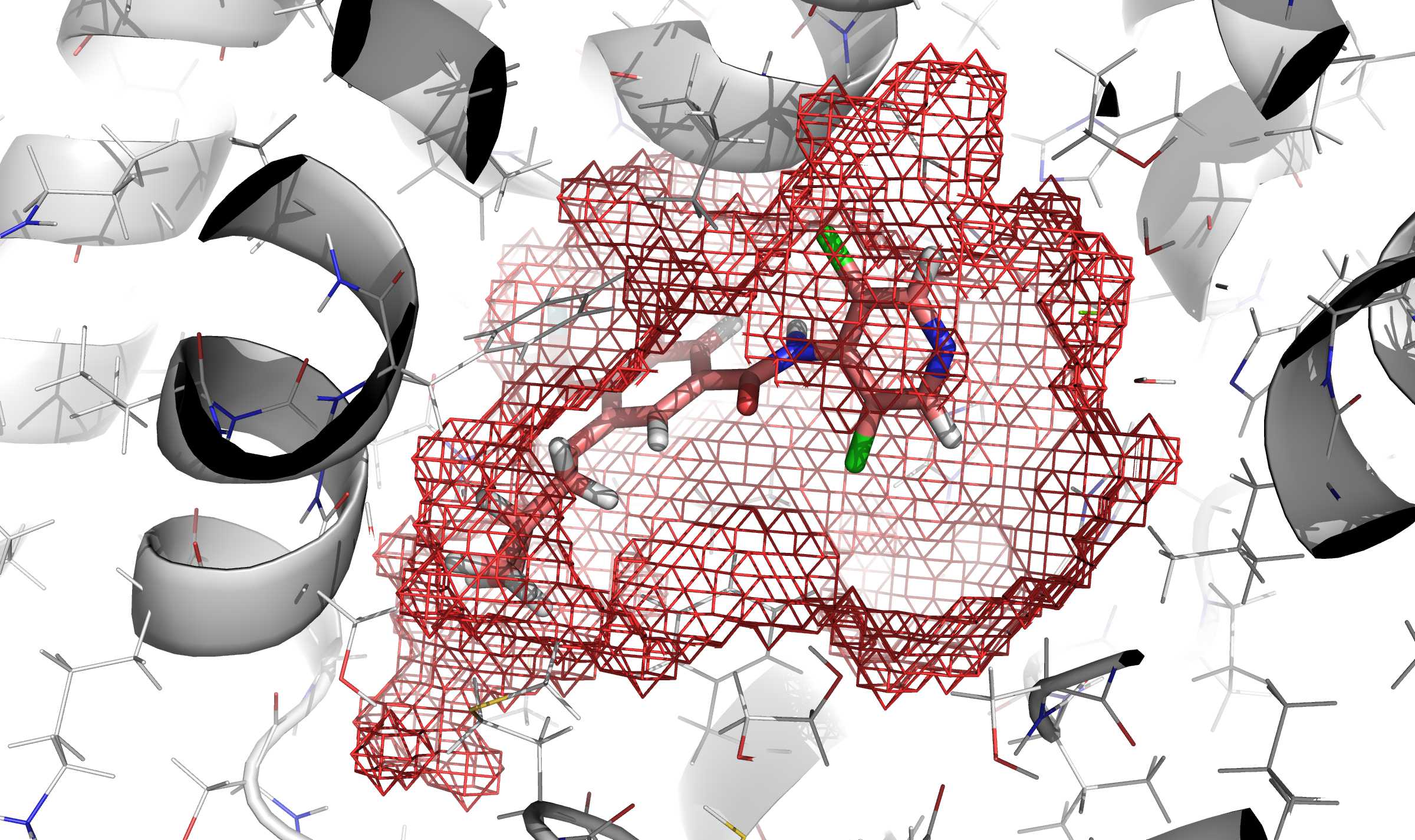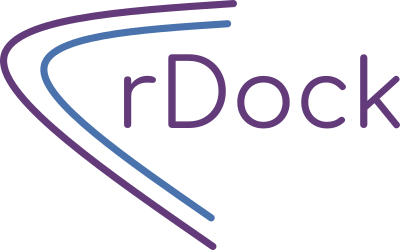
rDock is mainly written in C++ and accessory scripts and programs are written in C++, perl or python languages.
The full rDock software package requires less than 50 MB of hard disk space and it is compilable (at this moment, only) in all Linux computers.
Thanks to its design and implementation, it can be installed on a computation cluster and deployed on an unlimited number of CPUs, allowing HTVS campaigns to be carried out in a matter of days.
Besides its main Docking program, the rDock software package also provides a set of tools and scripts to facilitate preparation of the input files and post-processing and analysis of results.
- Docking Preparation
Define cavities using known binders or with user-supplied 3D coordinates. Allow -OH and -NH2 receptor side chains to rotate. Add explicit solvent molecules and structural waters. Supply pharmacophoric restraints as a bias to guide docking.
- Pre-Processing of input files
Define common ligand structure for performing tethered docking (requires OpenBabel python bindings). Sort, filter or split ligand files for facilitating parallelization. Find HTVS protocol for optimizing calculation time. Pre-calculate grids to decrease subsequent calculation times.

In red mesh, definition of the cavity obtained by execution of rbcavity program.
- Post-Processing and Analysis of results
Summarize results in a tabular format. Sort, filter, merge or split results files. Calculate RMSD with a reference structure taking into account internal symmetries (requires OpenBabel python bindings).
- Binding Mode Prediction
Predict how a ligand will bind to a given molecule. The ASTEX non-redundant test set for proteins and DOCK and rDock test sets for RNA have been used for validating and comparing rDock with other programs.
- HTVS
Run for million of compounds in short time by exploiting the capabilities of computer calculation farms. Ease of parallelization in relatively unlimited CPUs to optimize HTVS running times. The DUD set has been used for validating rDock and comparing its performance to other reference docking programs.
